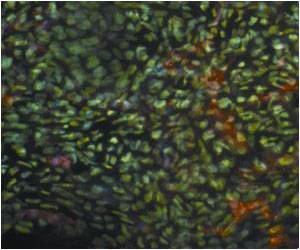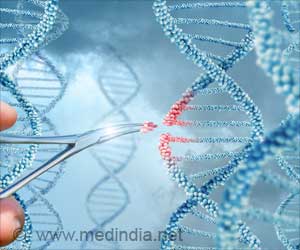A new system devised by Johns Hopkins graduate students could significantly boost the number of stem cells collected from a newborn’s umbilical cord and placenta.

The prototype of the student team from the master’s degree program in the University’s Center for Bioengineering Innovation & Design, is still in the testing stage, but initial results are promising.
“This is important for two reasons,” said James Waring, a member of the student team. “First, we believe it collects enough cells from each birth so that stem-cell therapy can be used on adult patients, who need more cells.”
In addition, in early testing on discarded cords and placentas at Johns Hopkins Hospital, the team’s device collected up to 50 percent more stem cells than the traditional gravity system, the students said. “We think our system will increase the number of successful cord blood collections, meaning more patients overall will benefit,” Waring said.
Cord blood, collected from the umbilical cord and placenta after live birth, is the most viable source of stem cells, yet over 90 percent is uncollected and discarded, the team members wrote in a presentation of their project at the university’s recent Biomedical Engineering Design Day.
“One of the main reasons valuable cord blood is so frequently discarded is because no adequate collection method exists.”
Advertisement
When a baby is born, a few families pay for private collection and storage of the child’s cord blood, in case its stem cells are needed to treat a future illness. When families do not choose this option, the materials containing cord blood are generally thrown away as medical waste. But at the 180 hospitals affiliated with public cord blood banks, new mothers can donate cord blood so that its stem cells can be extracted and used to rebuild the immune systems of seriously ill patients, particularly those with blood cancers such as leukemia, lymphoma and myeloma.
Advertisement
But the new system obviates all such problems. “Our next step,” said Christopher Chiang, another member of the team, “is to optimize the system so that it collects even more stem cells. Based on previous experiments using similar techniques, we believe it’s possible to get two to five times the amount produced by the existing gravity technique. The other important goal is to make the system as easy as possible for hospital employees to use.”
Source-Medindia








